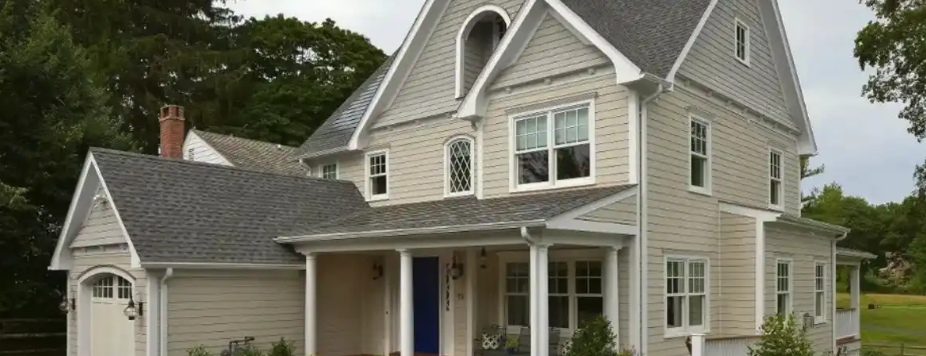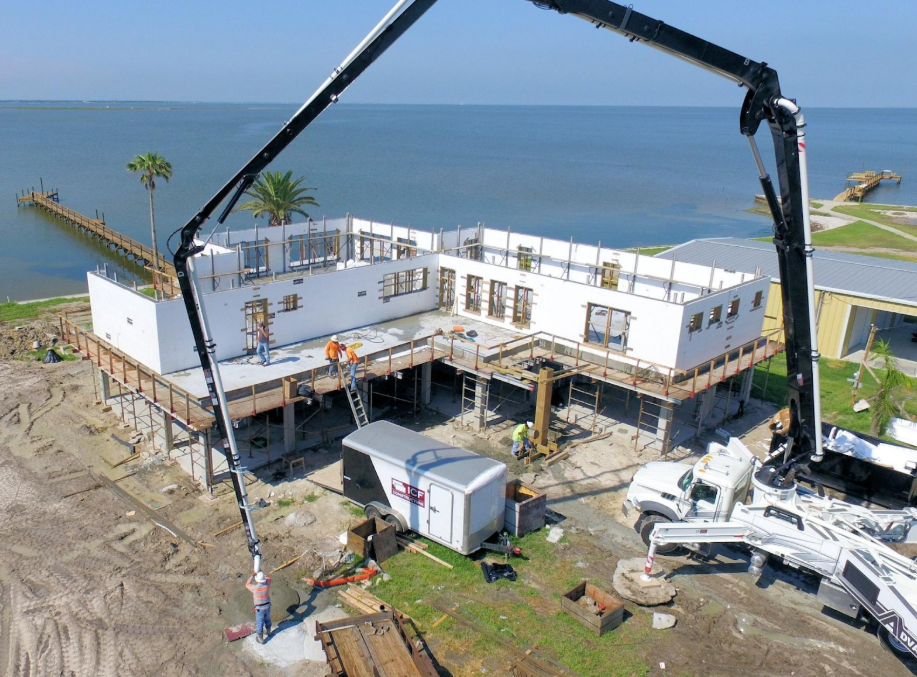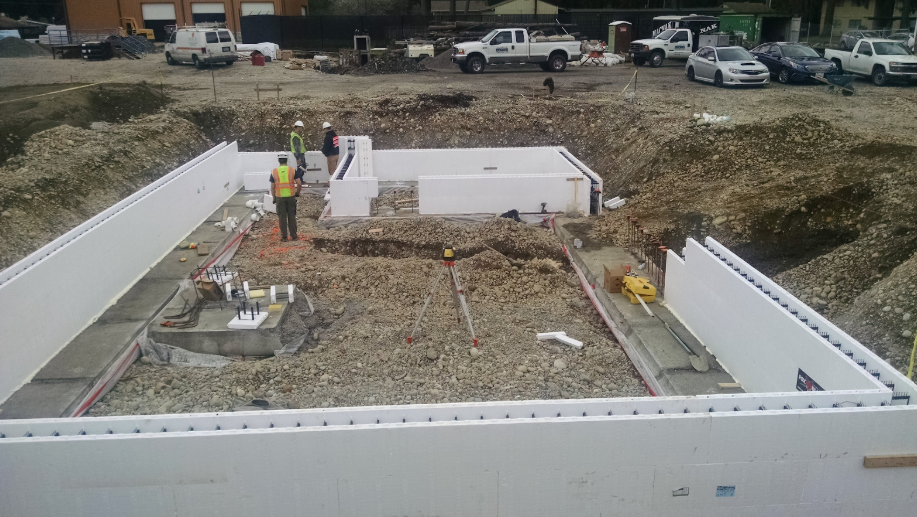
Duplex vs. Multiplex: Choosing the Right Investment
Duplex or multiplex: which is the better investment? Learn the differences, pros, and cons to make the right choice for your property goals!

Different Ways to Build a House: 7 Best Options for New Construction

How to Build a Wind-Resistant Home with Fox Blocks ICFs
Tragically, between 2000 and 2017 there were 894 wind and 1417 tornado-related deaths. In 2017, 36 percent of the wind and 63 percent of the tornado-related fatalities happened either in a mobile or permanent home. A wind-resistant design is critical to a home’s integrity and a family’s safety.

Working With an Architect: A Homeowner's Guide to Designing a New House
This guide will help you navigate through the process of hiring and working with an architect to successfully design and build the home of your dreams.

Exterior Wall Thickness: How Thick Should Your Walls Be?
The exterior wall thickness of a home significantly impacts the house’s energy efficiency, disaster resistance, and IEQ. Learn how thick exterior walls should be.

The Changing Landscape of K-12 School Construction in 2025
School construction for K‑12 is changing to meet today’s higher performance expectations. It’s about finding the right balance between keeping costs manageable, building strong, durable structures, and making schools more energy-efficient.

How to Attach Siding to an ICF Substrate

What is Concrete Pumping and How Does It Work?
Concrete pumping has changed the way contractors place concrete on job sites. Rather than hauling heavy loads in wheelbarrows or relying on cranes and buckets, a concrete pump delivers liquid concrete through a system of hoses, pipes, or booms — directly to the point of placement.

Dive into the Debate: ICF vs. Fiberglass for Pool Construction

The Overlooked Value of ICF in Resilient Building Insurance
Explore the overlooked value of ICF construction in resilient building insurance, lowering risk while boosting safety and efficiency.